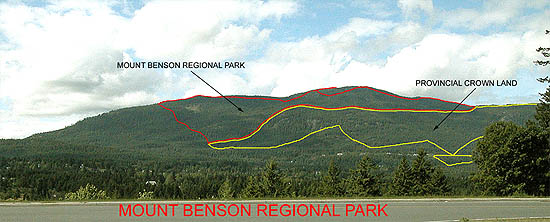Conservation Covenant

Prior to the RDN’s acquisition of MBRP, the Region concluded a contribution agreement with the Nanaimo & Area Land Trust (NALT) to address cost-sharing the park purchase, jointly developing a park management plan, and creating a conservation covenant for the park once the management plan was completed. A jointly developed management plan was completed in December 2009. A jointly developed conservation covenant in favour of NALT and its partner the Cowichan Community Land Trust was registered on park titles in March 2016.
The purpose of the MBRP covenant is to ensure that the protection, conservation, maintenance and enhancement of park wildlife and habitat are considered when providing for recreational use of the park as envisaged in the management plan. The covenant applies to the whole of MBRP and is perpetual. The covenant acknowledges that the park management plan will govern how land is used at MBRP but establishes that such use must not harm the recognized natural values of the parklands. The management plan, updated or reviewed by the Regional Board and the covenant holders every five years, is the vehicle for confirming policies and action plans for development at the park. The covenant is the oversight document that allows for organized monitoring of land use at the park against a baseline of documented initial conditions and regularly approved and publicized plans.
Land use restricting covenants are a common feature of park management. The Little Qualicum River Regional Park, Horne Lake Regional Park and Englishman River Regional Park all have covenants on title that restrict land use in order to protect water values. At the Little Qualicum River Estuary Regional Conservation Area, the RDN and co-owner Ducks Unlimited Canada placed a broad covenant on title to protect the natural values of the property including controlling public access. Moorecroft Regional Park has a detailed conservation covenant demarcating surveyed conservation areas within the park where protection of natural habitats and sensitive ecological features clearly trumps recreational use considerations. In all cases, the intent of covenants is to clarify that natural values require protection and human use of lands can harm those values, so careful park management and oversight mechanisms must be put in place.